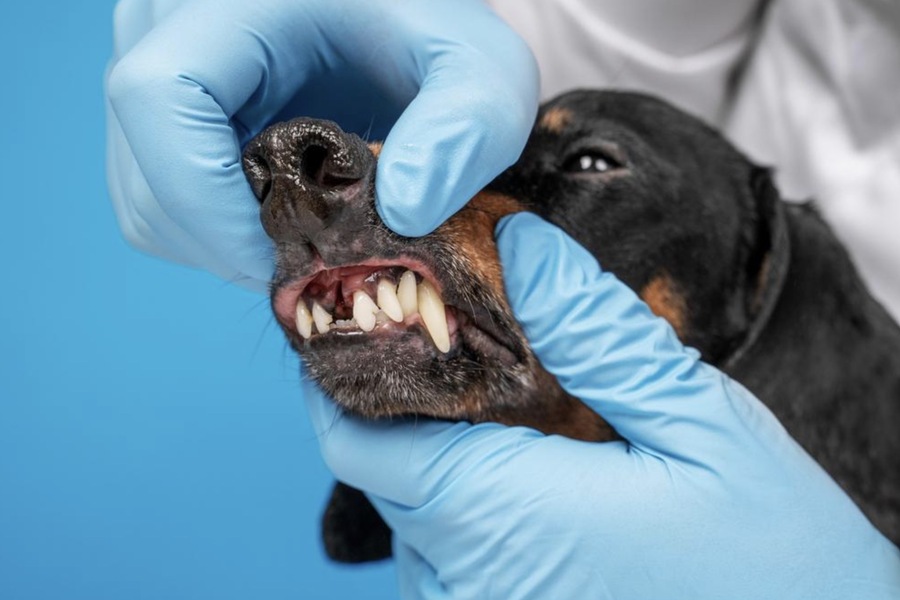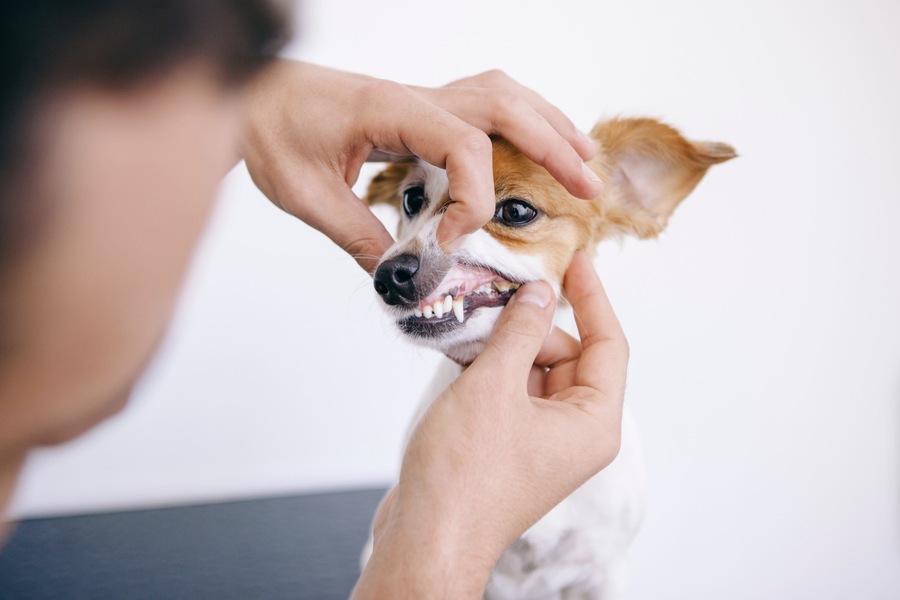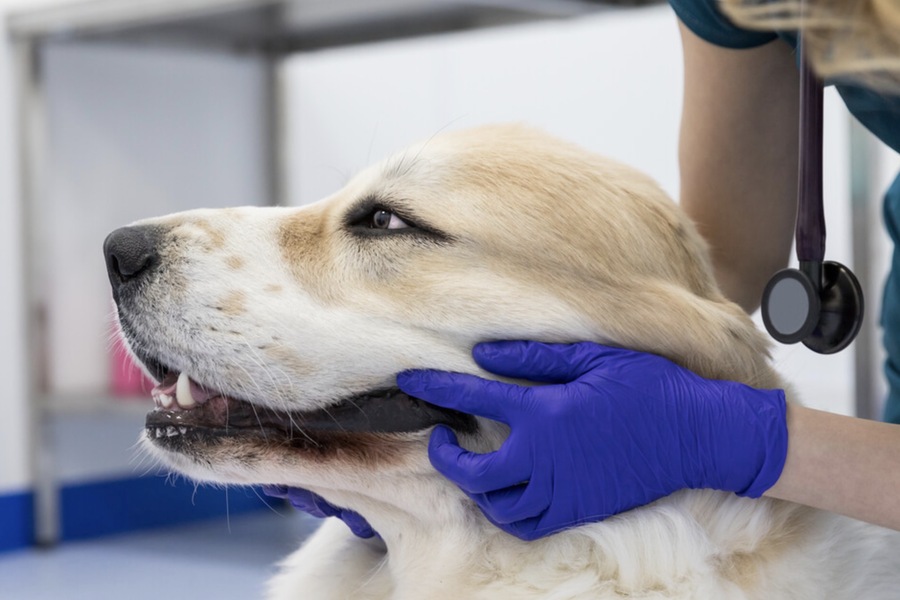Canine dentistry has undergone significant advancements over the past few decades, thanks to the incorporation of technology and a growing understanding of veterinary oral health. What was once limited to basic tooth extractions has now evolved into a sophisticated field encompassing preventive care, complex surgical procedures, and cutting-edge imaging techniques. This article explores how the field of canine dentistry has transformed and the ways in which technology is shaping the future of oral health care for dogs.
Page Content
The Early Days of Canine Dentistry: From Basic Extractions to Preventive Care
Historically, canine dentistry was primarily focused on managing oral issues through basic tooth extractions and occasional cleaning. Pet owners and veterinarians alike often overlooked the importance of dental health, viewing it as secondary to other veterinary care. As a result, dogs often suffered from undiagnosed dental diseases, leading to pain and other health complications. However, increased awareness of the impact of oral health on overall well-being has led to a paradigm shift in canine dentistry, emphasizing preventive care and regular check-ups. Today, veterinarians proactively address dental health issues through routine cleaning, plaque removal, and early intervention for periodontal diseases.
Advancements in Diagnostic Tools: The Role of Digital Radiography
One of the most notable advancements in canine dentistry has been the adoption of digital radiography. Traditional X-rays often provided limited information and required extensive processing time, which delayed treatment. In contrast, digital radiographs offer immediate results with high-resolution imaging, enabling veterinarians to detect underlying dental problems such as tooth root abscesses, bone loss, and oral tumors more accurately. This technology also allows for better communication between veterinarians and pet owners, as images can be shared and explained in real-time, ensuring that pet owners understand the nature of their dog’s oral health concerns. The use of digital radiography has thus improved diagnostic accuracy and facilitated timely treatment.

The Emergence of Advanced Dental Instruments
The tools and instruments used in canine dentistry have evolved to include specialized equipment designed to address the unique structure and needs of canine teeth. High-speed dental drills, ultrasonic scalers, and fiber-optic illumination are now standard in many veterinary dental practices. These tools have made procedures such as plaque removal, scaling, and root canal therapy more efficient and less invasive. Additionally, the use of magnification loupes and intraoral cameras has enhanced visibility and precision, enabling veterinarians to perform intricate dental procedures with greater accuracy. This advancement is particularly relevant in regions like Dubai, where state-of-the-art veterinary clinics such as Vets in the City are equipped with the latest technology to provide comprehensive dental care for pets.
Laser Dentistry: A Minimally Invasive Option
Laser technology has revolutionized the field of canine dentistry by offering a minimally invasive alternative to traditional surgical methods. Lasers can be used for a variety of dental procedures, including soft tissue surgery, removal of oral tumors, and treatment of periodontal disease. The primary advantage of using lasers is that they reduce bleeding, minimize pain, and promote faster healing. This makes the procedure less stressful for dogs, particularly those with anxiety or fear of traditional dental tools. As a result, laser dentistry is becoming increasingly popular in veterinary practices across the UAE, providing pet owners with more options for safe and effective dental care.
The Integration of 3D Imaging and Printing Technology
The use of 3D imaging and printing technology has opened new possibilities in canine dentistry. With 3D imaging, veterinarians can create accurate models of a dog’s oral cavity, which helps in planning complex procedures such as orthodontic corrections or mandibular reconstructions. 3D printing can be used to create custom dental prosthetics, aligners, or surgical guides, allowing for a more tailored approach to each patient’s needs. This technology enhances precision and outcomes, making it particularly valuable for dogs with unique dental structures or complex oral conditions. As 3D technology becomes more accessible, its adoption in veterinary dental practices is expected to increase significantly in the coming years.
The Role of Telemedicine in Canine Dentistry
Telemedicine has gained traction in various fields of veterinary care, including canine dentistry. With telemedicine, veterinarians can conduct remote consultations, assess symptoms, and provide preliminary advice before an in-person visit. This technology is especially beneficial in situations where immediate access to veterinary care is limited or during emergency situations. In Dubai, where pet ownership is steadily increasing, telemedicine offers a convenient way for pet owners to seek professional guidance without the need for immediate travel. While telemedicine cannot replace hands-on dental examinations, it serves as a valuable tool for initial assessments and follow-up consultations.
AI and Machine Learning in Canine Dental Diagnostics
Artificial Intelligence (AI) and machine learning are poised to play a significant role in the future of canine dentistry. These technologies have the potential to automate the analysis of dental radiographs, identify abnormalities, and even predict the progression of dental diseases based on historical data. AI-powered diagnostic tools can assist veterinarians in making more informed decisions and developing targeted treatment plans. As AI continues to evolve, its application in veterinary medicine could lead to earlier detection of dental issues, improved treatment outcomes, and a more streamlined workflow within veterinary practices.
The Impact of Technology on Veterinary Education and Training
In addition to revolutionizing clinical practice, technological advancements are also having an impact on veterinary education and training. The utilization of simulation models, virtual reality (VR), and augmented reality (AR) is becoming increasingly prevalent in veterinary institutions, offering students the opportunity to gain hands-on experience in a controlled environment. These instruments facilitate the execution of dental procedures, including extractions and restorations, without the necessity of live animals, thereby improving learning outcomes and mitigating the hazards associated with conventional training methods. Consequently, veterinarians who are new to the profession are better prepared to handle intricate dental cases due to their increased knowledge and skills.

The Importance of Continuing Education for Veterinarians
As canine dentistry continues to evolve, it is crucial for veterinarians to stay up-to-date with the latest developments in the field. Continuing education programs, workshops, and seminars focused on dental care are essential for maintaining a high standard of care. Organizations such as the American Veterinary Dental College (AVDC) and the European Veterinary Dental Society (EVDS) offer resources and certifications that enable veterinarians to specialize in dental care. In regions like Dubai, where veterinary practices are rapidly adopting new technologies, continuing education ensures that professionals remain competent and knowledgeable in the latest advancements.
The Future of Canine Dentistry: Trends to Watch
The future of canine dentistry is likely to be shaped by further advancements in technology, including the integration of robotics, personalized medicine, and regenerative therapies. Robotics could be used to perform precise surgical procedures with minimal human intervention, while regenerative therapies such as stem cell treatments could offer new solutions for dental tissue repair and regrowth. Personalized medicine, based on genetic profiling, could enable veterinarians to develop individualized treatment plans tailored to each dog’s unique dental health needs. These emerging trends hold the promise of improving the quality of dental care and enhancing the overall health and well-being of dogs.
Conclusion
Technological advancements that have enhanced diagnostic capabilities, treatment options, and educational opportunities have significantly impacted the development of canine dentistry. Advanced dental care services are now available to pet owners in Dubai and the UAE region, ensuring that their canines maintain optimal oral health. Vets in the City and other clinics are at the forefront of this transformation, providing high-quality care by utilizing the latest technologies and offering specialized dental services. It is anticipated that the standards of canine dental care will be further elevated as technology continues to advance, thereby making it more accessible, efficient, and effective. By remaining informed about these advancements, pet owners can make more informed decisions about their dog’s dental health and contribute to their overall well-being.


